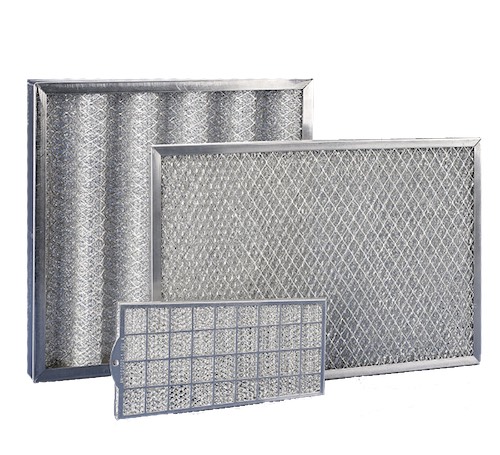The Common Uses of Industrial Air Filters
The common uses of industrial air filters are wide-ranging. There are electrostatic and electrodynamic separators, Carbon filters, mist removal, grease filtration, etc., but we will concentrate on the most common ones. These tips help you choose the right industrial air filter for your specific application.

Electrostatic and electrodynamic separators
Industrial air filters are used in many settings, from minor to large-scale, to collect gases and particulates. Several filters, from paper to synthetic media, can deal with noxious odors. Some are even designed with automatic wash facilities. Whatever application, an excellent industrial air filter Richmond, VA, can help you meet regulatory standards and save money.
ESP removes dust from the air by imputing a small electric charge onto the dust suspended in an ionizer. The dust is then passed between two vertical-hung plates. This prevents the larger particles from moving forward or backward, which results in separation.
Carbon filters
Industrial air filters made from carbon have many typical applications. These filters clean and purify the air around a specific area. The primary purpose of carbon filters is to reduce the number of gaseous contaminants in the air. To achieve this, carbon is infused with carbon dioxide or hot air. This creates a unique process called adsorption. The carbon is then processed to increase its surface area and several low-volume pores. The more pores, the greater the ability of the carbon to trap the gases and particles in the air.
The carbon in the air filter is called activated carbon and is used to reduce the number of gaseous pollutants and volatile organic compounds in the air. It’s a good choice for industrial settings.
Mist removal
Industrial air filters have a variety of uses, from removing mist to reducing plant emissions. Mist elimination can benefit your company in many ways. For example, eliminating liquids from the air can help protect equipment, improve plant emissions, and prevent slippery floors. Typical applications include oil and machine coolant mist, aerosols, and particulate matter. They remove the identical particles from the process gas, including chromic acid.
The first method for mist removal involves washing the collector with water to dilute the collected slurry droplets below the saturation level. To fully implement the first mechanism, cleaning the mist eliminator regularly is necessary. Depending on the design and construction, this washing procedure may exceed the make-up water required for the entire system.
Grease filtration
Disposable filters for grease can save money and time and prevent costly cleanup. These filters are easy to install and remove, capturing up to 98% of grease particles. In addition, they require no maintenance and can be disposed of when dirty. These filters are made of fire-resistant wool and meet all safety requirements and NFPA standards. For more information, contact an industrial air filters company.
Many industrial processes and facilities require industrial air filtration. Examples include food processing, pharmaceutical, power generation, and more. These industries use specialized equipment and need to protect it from the harmful effects of dust and grease. Therefore, filters are critical to operations and ensure maximum uptime and quality outputs. However, not all industrial air filters are suitable for every type of application. To find the best industrial air filters, it’s essential to understand the incoming air’s size and particle size.
Downflow booths
Downflow booths are one of the most common uses of industrial air filters. However, it is essential to remember that they are not efficient as conventional filtration solutions.
A downflow booth has a single supply air inlet usually measured at 7.6 cm from the diffuser screen. Then, the supply air velocity is calculated to determine the amount of filtered air entering the booth. If the airflow velocity is the same for each unit, the exposure level is comparable, and the safe working area is approximately 2/3 of the booth depth. Therefore, with the correct air velocity, downflow booths can protect workers from exposure to hazardous materials.
